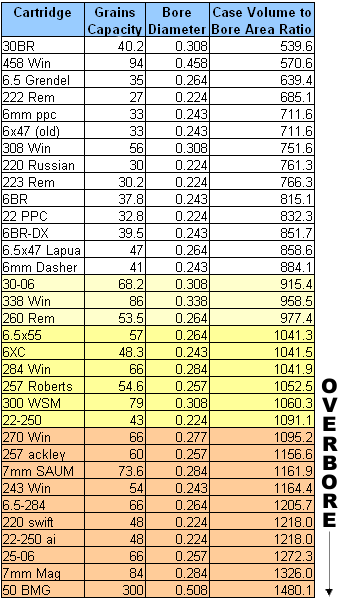NBRSA Long Range Nationals Underway in Sacramento
 The NBRSA Long-Range Nationals are underway right now at the Sacramento Valley Shooting Center Range in Sloughhouse, CA. The NBRSA LR Nationals involves three separate events (over five days), starting with the 2-day 600-yard Nationals, followed by an F-Class Benchrest Match, and concluding with the 1000-yard Nationals on Saturday and Sunday.
The NBRSA Long-Range Nationals are underway right now at the Sacramento Valley Shooting Center Range in Sloughhouse, CA. The NBRSA LR Nationals involves three separate events (over five days), starting with the 2-day 600-yard Nationals, followed by an F-Class Benchrest Match, and concluding with the 1000-yard Nationals on Saturday and Sunday.
The 600-yard Nationals (aka Sloughhouse 600), calendared April 24-25, concludes today. Guys are probably finishing up their final 600-yard relay as this story goes to press. On Friday, April 26, the NBRSA will hold a 1000-Yard “F-Bench” match. This is a popular new discipline which allows guys with F-Class rifles (up to 22 lbs.) to shoot off the bench. It’s a good idea that encourages participation from shooters who might not otherwise come to the Nationals.

After Friday’s F-Bench Match, the NBRSA 1000-yard National Championships (aka the 6th Annual Sloughhouse 1000) will be held April 27-28 (Saturday and Sunday). NOTE: It’s not too late to sign up for the 1000-yard match this weekend. Long Range National Fees are $50 a day, Late fee applies. For more information, visit www.NBRSA.org and www.SacValley.org. Below are Match Application Forms, in MS Word format (right click and “save as”).
F-Bench Match Application | Sloughhouse 1000 Application | Sloughhouse 600 Application
Rulebook Tip by EdLongrange. We welcome reader submissions.PREVIEW New NBRSA RuleBook
The NBRSA is updating its Official Rulebook and By-Laws. The newly revised Rulebook (version 38) is in the process of being printed. However, the NRBRSA has uploaded a PDF file you can now preview the the latest (version 38) of the Official Rulebook.
CLICK HERE for NBRSA Revised Rulebook (vers. 38) PREVIEW (PDF File, 1.7mb).




















